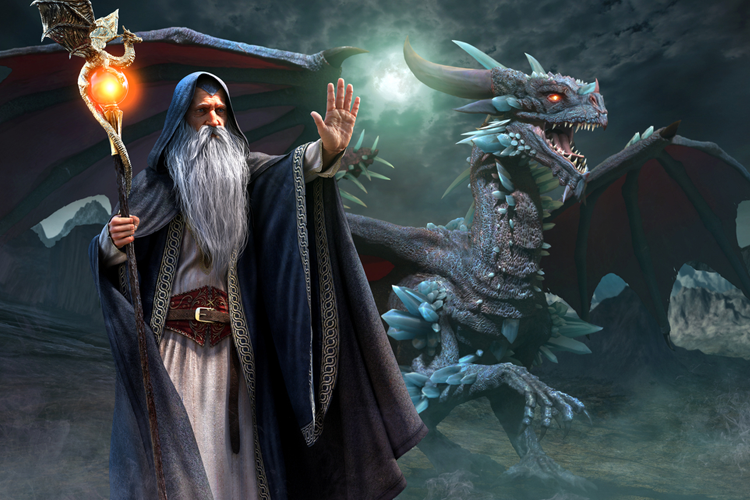Two influential art forms, VFX (Visual Effects) and CGI (Computer-Generated Imagery) have risen as trailblazers in the craft of visual storytelling. These techniques have not merely altered but completely revolutionized how narratives are realized on the grand canvas of cinema. This comprehensive article embarks on an insightful exploration of the VFX vs. CGI face-off, offering a detailed examination of their respective strengths, vulnerabilities, and profound influence within the film industry. By the end of this journey, you will gain a deep understanding of the nuanced interplay between these two cinematic powerhouses.
The Evolution of VFX and CGI in Cinema
Over the decades, the film industry has witnessed a remarkable transformation in the realm of visual effects. Traditional methods, such as practical effects and miniatures, have given way to the digital wizardry of VFX and CGI. VFX, which involves manipulating real-world footage through computer technology, became a game-changer with films like “Jurassic Park” (1993), where it brought dinosaurs to life in an unprecedented manner. CGI, on the other hand, relies entirely on computer-generated imagery to create characters, settings, and entire worlds, revolutionizing filmmaking with movies like “Avatar” (2009).
The Role of VFX in Visual Storytelling
VFX has been an integral part of visual storytelling for decades. It enables filmmakers to enhance realism, create fantastical elements, and push the boundaries of what’s possible on screen. With VFX, the invisible becomes visible, as seen in the transformation of actors into superheroes or the creation of breathtaking landscapes. It has allowed directors to realize their creative visions without the limitations of the physical world. Yet, VFX can also face criticism for overuse, leading to an over-reliance on computer-generated imagery at the expense of practical effects and authentic storytelling.
The Power and Potential of CGI
In contrast, CGI has emerged as a transformative force in filmmaking, offering unparalleled creative freedom. Entire worlds, creatures, and characters can be crafted from scratch, immersing audiences in fantastical realms. Films like “The Lord of the Rings” trilogy (2001-2003) demonstrated the cinematic potential of CGI, bringing Middle-earth to life with stunning realism. However, CGI has faced its share of challenges, with critics arguing that it can sometimes lack the emotional depth and tangible presence of physical elements.
A Fusion of Art Forms: The Hybrid Approach
In recent years, a trend has emerged where VFX and CGI are used in tandem to create cinematic masterpieces. This hybrid approach combines the strengths of both techniques, allowing filmmakers to strike a balance between realism and imagination. Movies like “Inception” (2010) seamlessly blend practical effects, VFX, and CGI to warp reality, leaving audiences in awe of the visual spectacle. The hybrid approach demonstrates that these art forms can complement each other, pushing the boundaries of storytelling further.
The Future of Visual Storytelling: Who Reigns Supreme?
As technology continues to advance, the VFX vs. CGI debate rages on. While VFX and CGI have their distinct advantages and challenges, it’s important to remember that they are tools in the hands of skilled storytellers. The future of visual storytelling may not be about choosing one over the other but harnessing their combined potential. With innovations like virtual production and real-time rendering, filmmakers have more tools at their disposal than ever before. Ultimately, the art form that reigns supreme in visual storytelling is the one that best serves the narrative, immerses the audience, and evokes emotion.
FX, with its unparalleled ability to enhance realism and push the boundaries of the physical realm, has breathed life into countless cinematic spectacles. Conversely, CGI has harnessed limitless creativity and imagination, constructing entire universes and fantastical characters that immerse audiences in unparalleled worlds of wonder.
The true triumph lies in the fusion of these two art forms, conjuring cinematic magic that enraptures global audiences. As technology continues its relentless march forward, the distinctions between VFX and CGI may further blur, providing filmmakers with a dynamic palette of ever-expanding visual tools. Ultimately, it is storytelling itself that emerges victorious, evolving and adapting to leverage the boundless potential of these creative mediums, ensuring that the audience’s journey through the world of cinema remains an enduring and enthralling experience.
Are you interested in exploring the world of visual storytelling, 2D and 3D animation services, and packaging artwork services through VFX and CGI? Discover more about these techniques and their impact on the film industry by visiting The Studio Bridge, your gateway to the latest in cinematic innovation and creativity.
